Valves UK
Hytork XL Pneumatic Actuator
Hytork XL Pneumatic Actuator
Couldn't load pickup availability
Hytork XL Pneumatic Actuator – Rugged Rack & Pinion Performance
The Hytork XL Pneumatic Actuator delivers powerful and reliable rack and pinion performance in a compact, heavy-duty aluminium housing. Designed for harsh industrial conditions, it features a robust construction that resists impact, dents, and wear — making it an ideal solution for demanding environments such as mining, water treatment, and process industries. With a modular, field-convertible design, the Hytork XL offers easy integration and adaptability for both spring return and double acting operations.
Built for both precision and strength, this actuator includes bi-directional travel stops for accurate valve positioning and compatibility with solenoid valves, position switches, and pressure regulators. Its simple mounting and low-profile design ensure minimal downtime, helping increase efficiency and throughput in critical valve automation tasks.
Key Features
Heavy-Duty Aluminium Body
Built with high-strength aluminium casting to resist dents, shocks, and heavy impacts — ideal for extreme industrial conditions and reliable long-term use.
Bi-Directional Travel Stops
Allows precise valve stroke adjustment to prevent premature wear and ensure accurate shutoff, extending valve and actuator life.
Modular & Field Convertible
Can be easily adapted from double acting to spring return operation, reducing inventory and enabling on-site adjustments without downtime.
Compact with High Performance
Compact footprint without sacrificing torque or durability — maximises space while improving production reliability and uptime.
Ancillary Compatibility
Seamlessly integrates with solenoid valves, gauges, switchboxes, and regulators — perfect for building complete valve automation systems.
Whether you're upgrading a legacy system or specifying for new projects, the Hytork XL Pneumatic Actuator offers reliable performance, field versatility, and rugged durability across a wide range of industrial valve applications.
Share
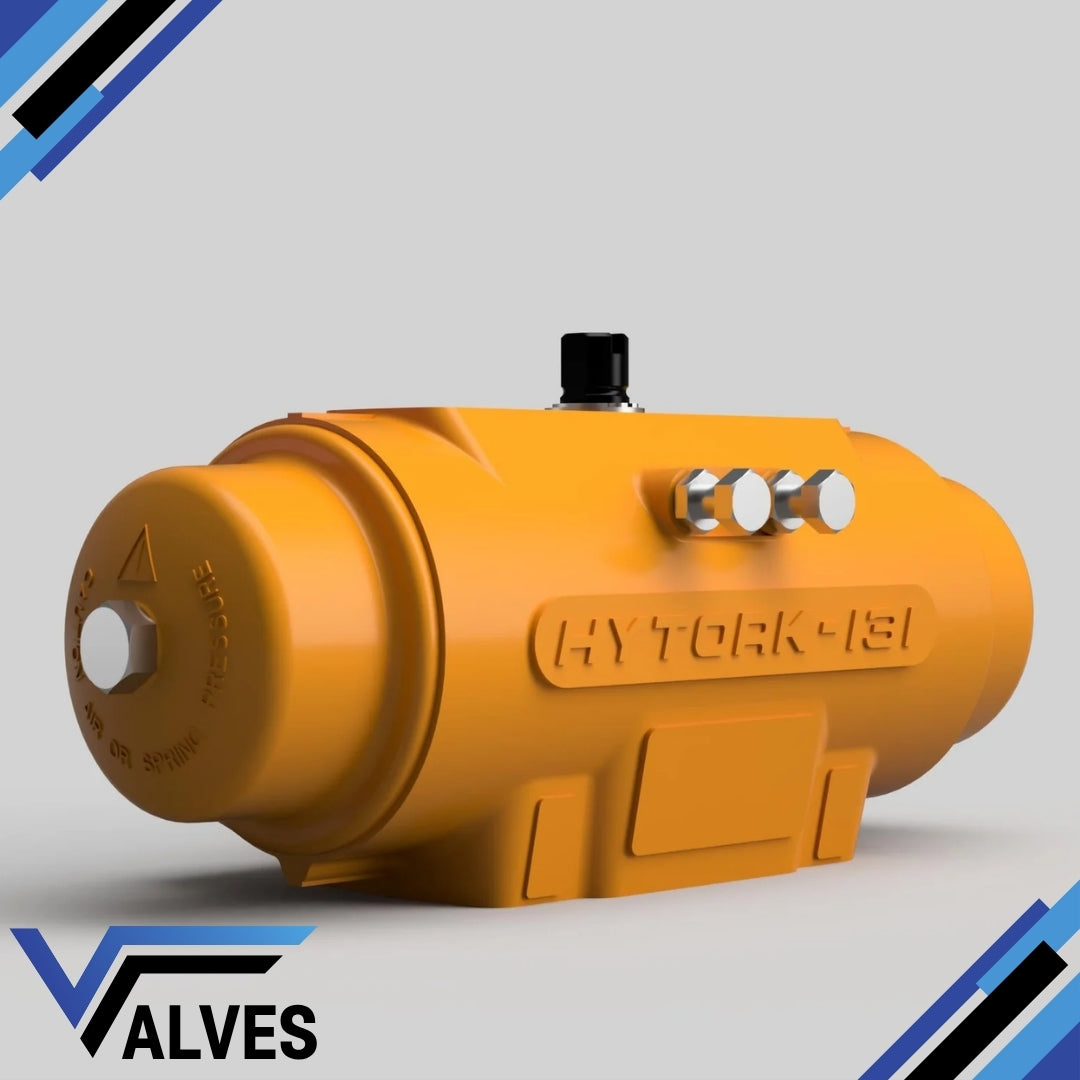
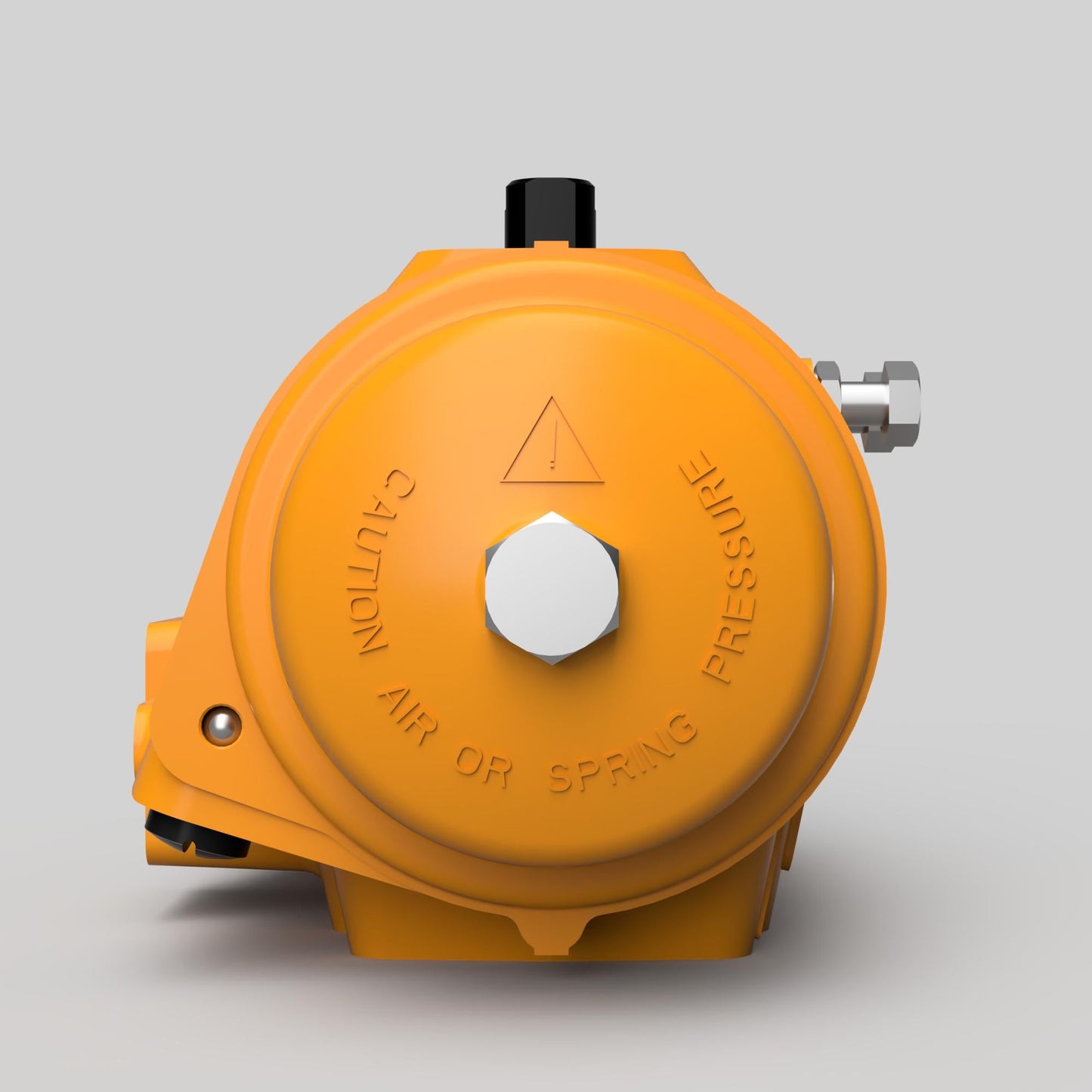
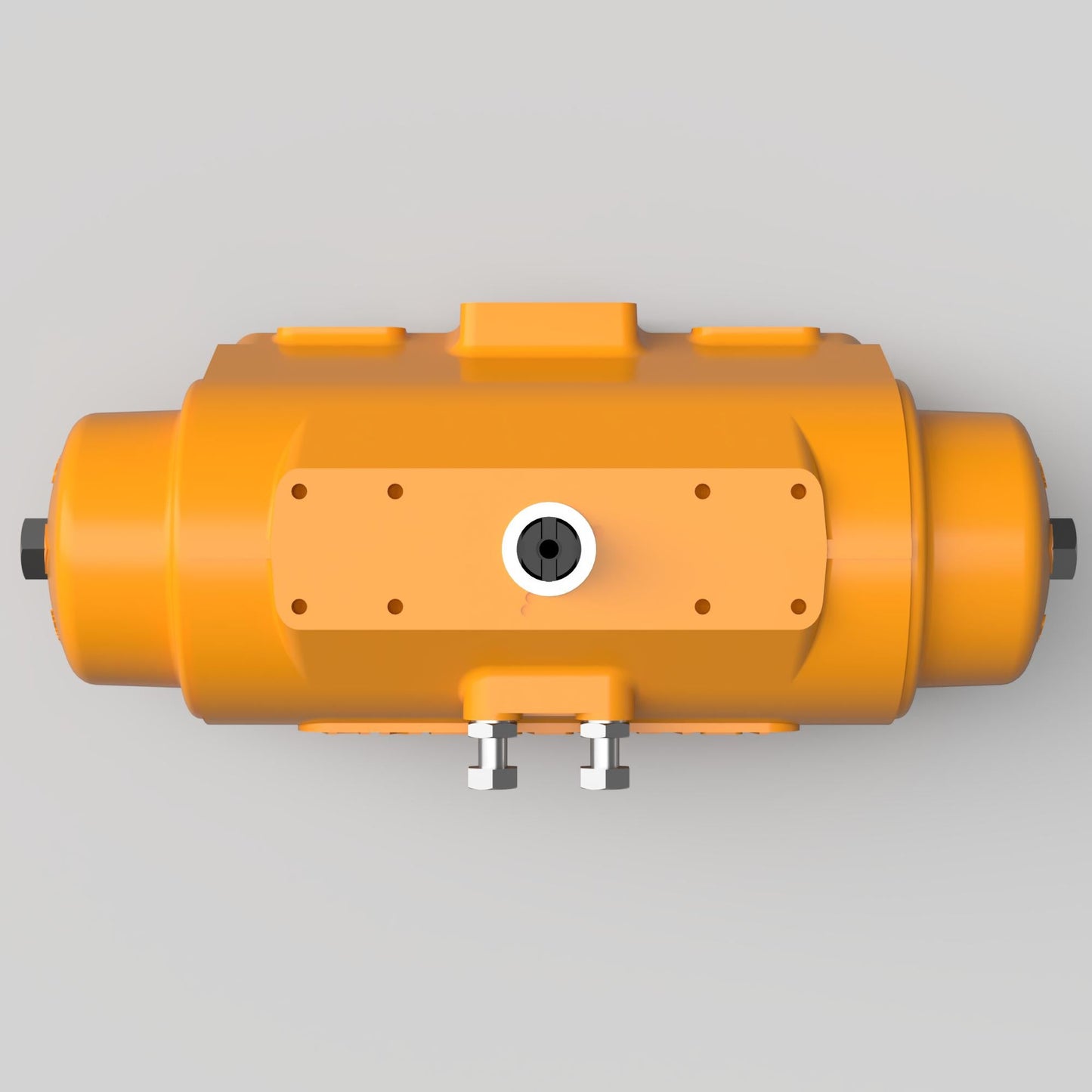
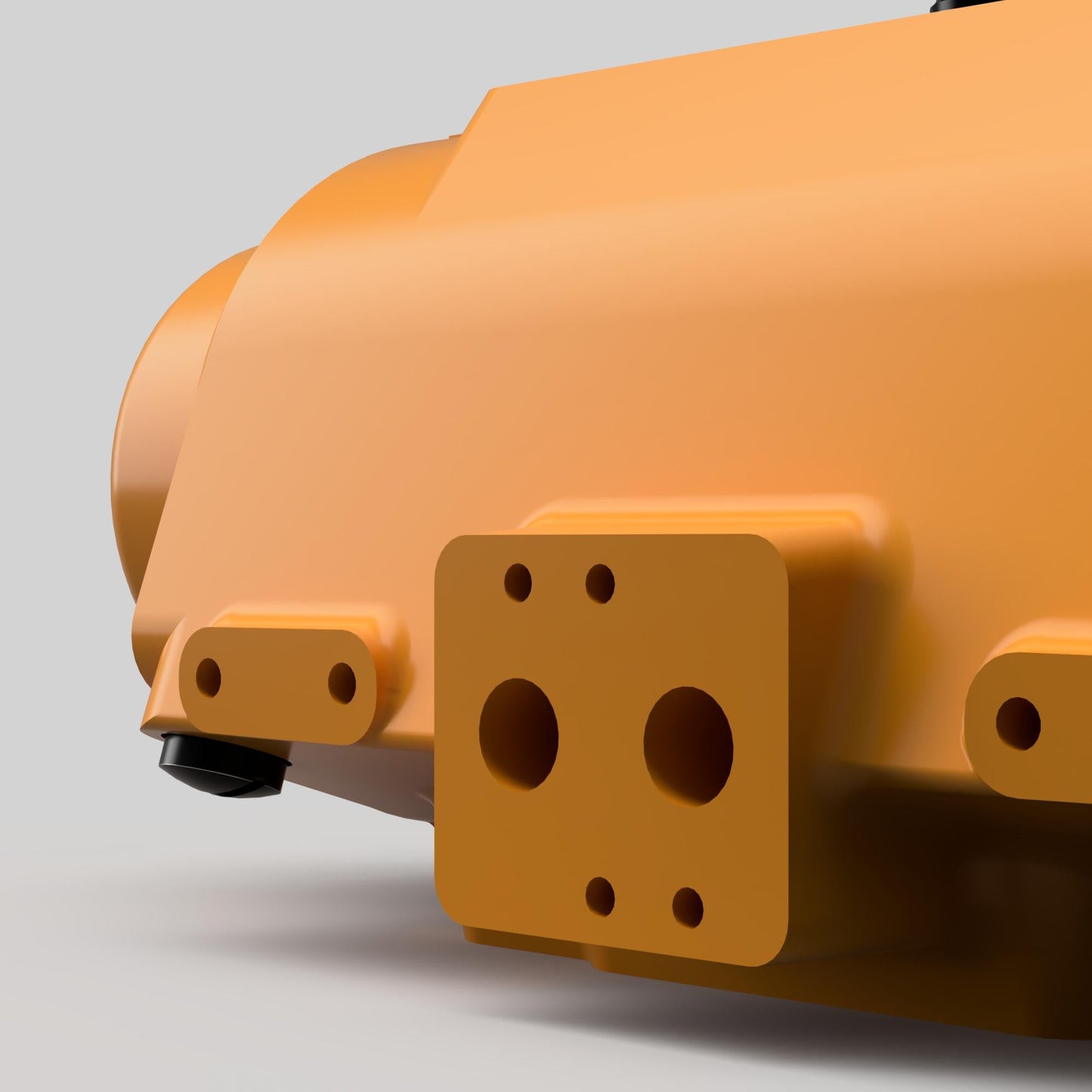
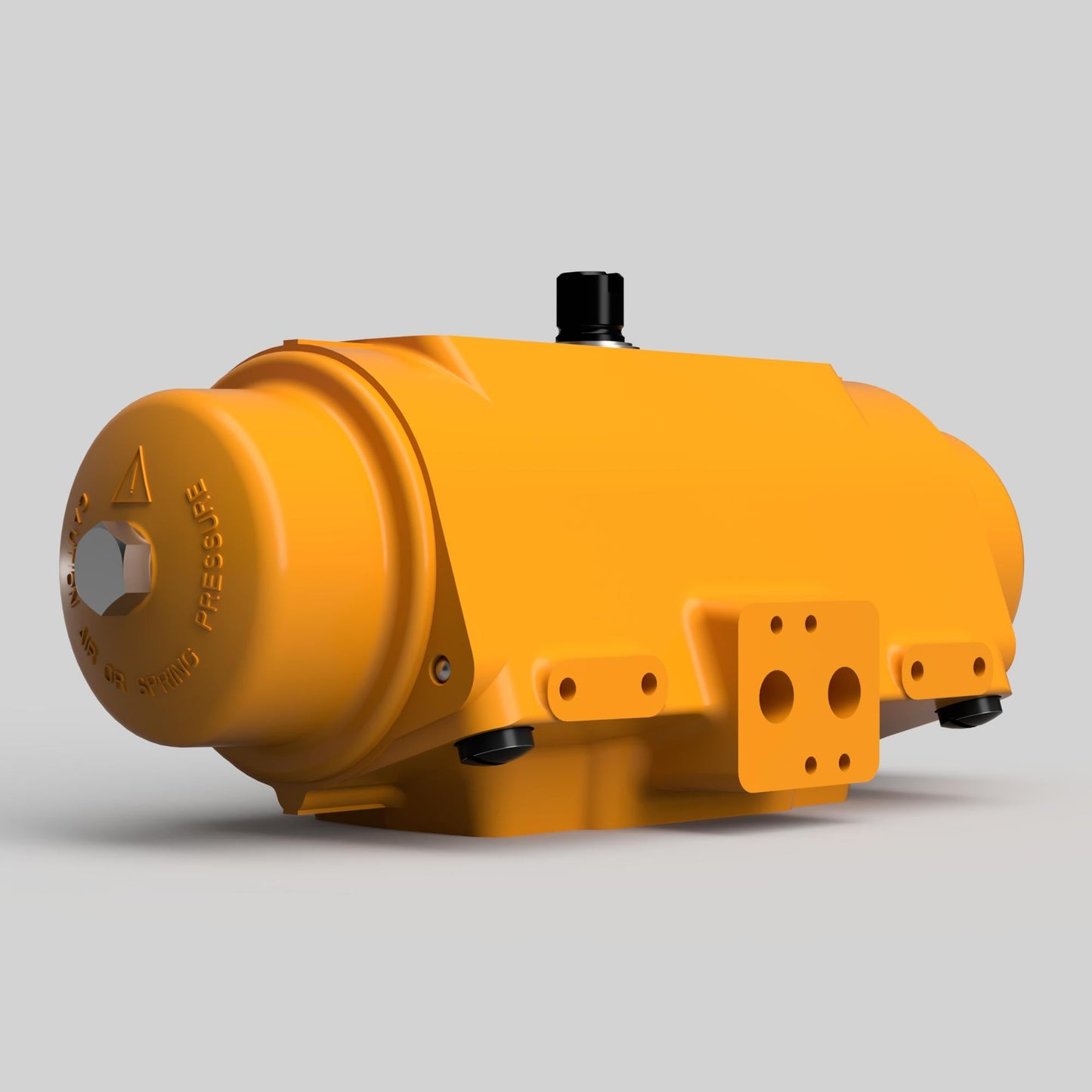
Enquire Online!
FAQ's
What is the difference between a valve and an actuator?
What types of actuators are available?
The main types of actuators are:
Pneumatic actuators – use compressed air for fast, reliable operation.
Electric actuators – use electrical power for precise control.
Hydraulic actuators – use fluid pressure for high-torque applications.
Each type offers unique advantages depending on the environment, media, and system control needs.
How do I choose the right actuator for my valve?
To select the correct actuator, consider:
Valve type and torque requirement
Power source available (air, electric, or hydraulic)
Operating environment (temperature, humidity, hazardous area)
Control signal type (on/off or modulating)
Matching actuator torque and compatibility with the valve’s ISO mounting ensures reliable performance.
What are the main types of valves used in automation?
The most common valves in automated systems include:
Ball valves – for tight shutoff and quick operation.
Butterfly valves – for larger flow control with compact design.
Globe valves – for precise throttling and flow regulation.
Check valves – to prevent backflow.
Gate valves – for full bore flow isolation.
What’s the difference between a double-acting and spring-return actuator?
Double-acting actuators use air (or power) to both open and close the valve.
Spring-return actuators use air to open (or close) the valve, and a built-in spring to automatically return it to a safe position when power or air is lost — ideal for fail-safe operation.
How often should valves and actuators be serviced?
Regular maintenance intervals depend on operating conditions, but a good rule of thumb is to inspect every 6–12 months.
This includes checking for leaks, lubrication, seal wear, and actuator responsiveness to prevent unexpected downtime.





